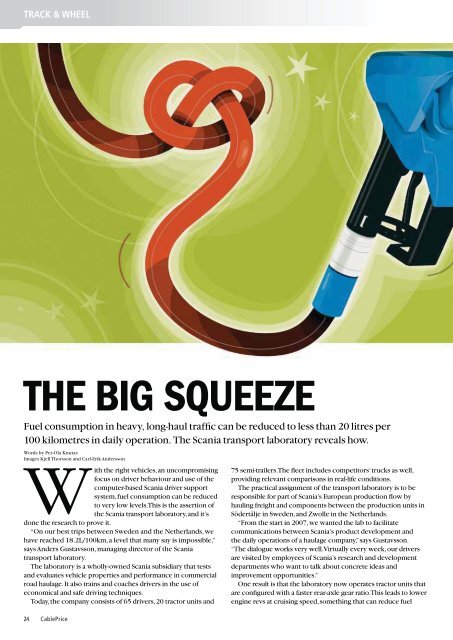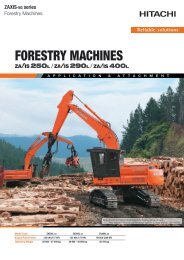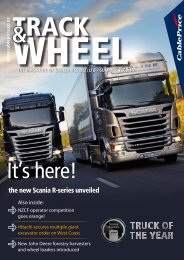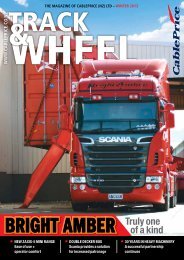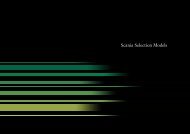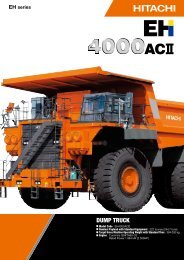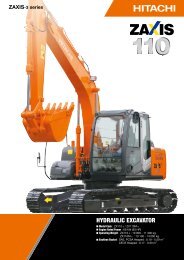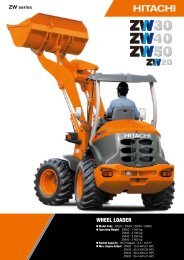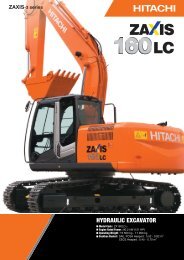ltd â summer 2011/12 - CablePrice
ltd â summer 2011/12 - CablePrice
ltd â summer 2011/12 - CablePrice
- No tags were found...
You also want an ePaper? Increase the reach of your titles
YUMPU automatically turns print PDFs into web optimized ePapers that Google loves.
TRACK & WHEELTHE BIG SQUEEZEFuel consumption in heavy, long-haul traffic can be reduced to less than 20 litres per100 kilometres in daily operation. The Scania transport laboratory reveals how.Words by Per-Ola KnutasImages Kjell Thorsson and Carl-Erik AnderssonWith the right vehicles, an uncompromisingfocus on driver behaviour and use of thecomputer-based Scania driver supportsystem, fuel consumption can be reducedto very low levels. This is the assertion ofthe Scania transport laboratory, and it’sdone the research to prove it.“On our best trips between Sweden and the Netherlands, wehave reached 18.2L/100km, a level that many say is impossible,”says Anders Gustavsson, managing director of the Scaniatransport laboratory.The laboratory is a wholly-owned Scania subsidiary that testsand evaluates vehicle properties and performance in commercialroad haulage. It also trains and coaches drivers in the use ofeconomical and safe driving techniques.Today, the company consists of 65 drivers, 20 tractor units and24 <strong>CablePrice</strong>75 semi-trailers. The fleet includes competitors’ trucks as well,providing relevant comparisons in real-life conditions.The practical assignment of the transport laboratory is to beresponsible for part of Scania’s European production flow byhauling freight and components between the production units inSödertälje in Sweden, and Zwolle in the Netherlands.“From the start in 2007, we wanted the lab to facilitatecommunications between Scania’s product development andthe daily operations of a haulage company,” says Gustavsson.“The dialogue works very well. Virtually every week, our driversare visited by employees of Scania’s research and developmentdepartments who want to talk about concrete ideas andimprovement opportunities.”One result is that the laboratory now operates tractor units thatare configured with a faster rear-axle gear ratio. This leads to lowerengine revs at cruising speed, something that can reduce fuel


